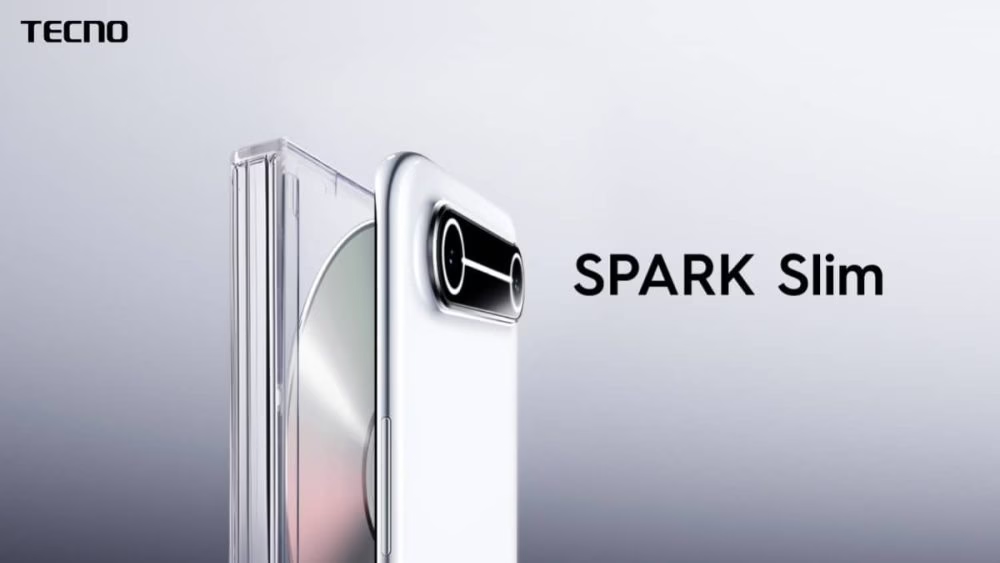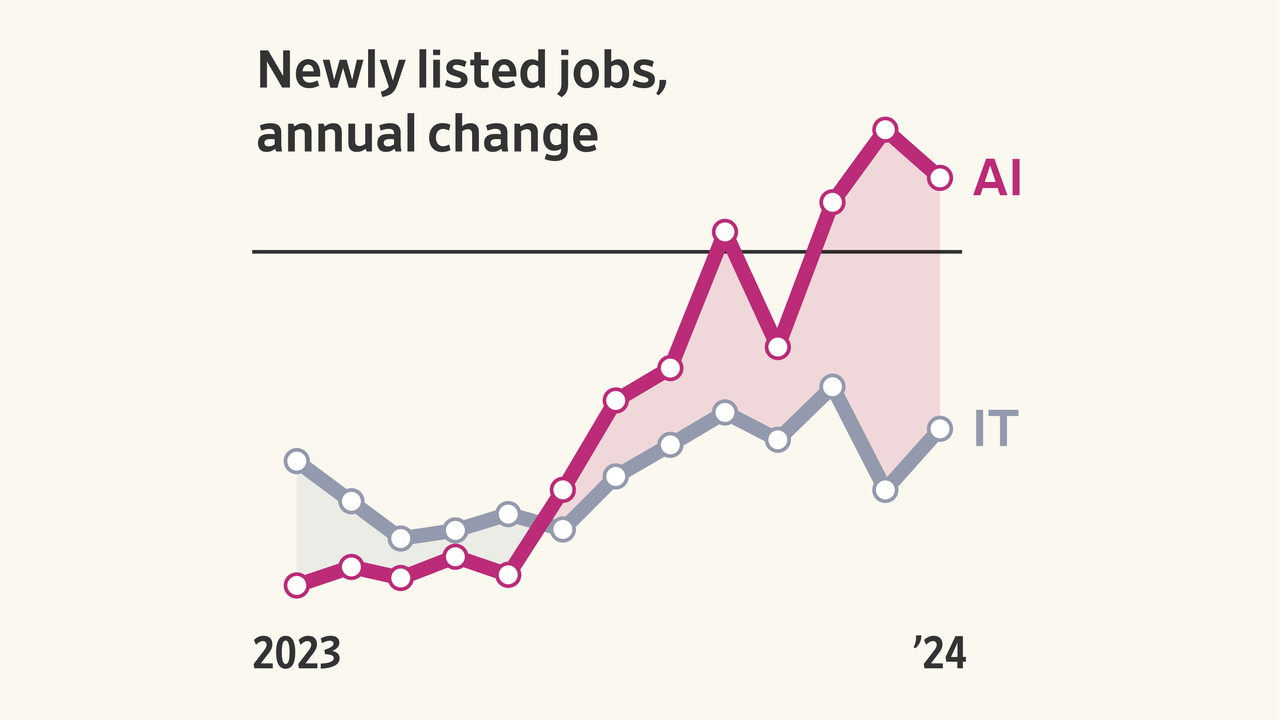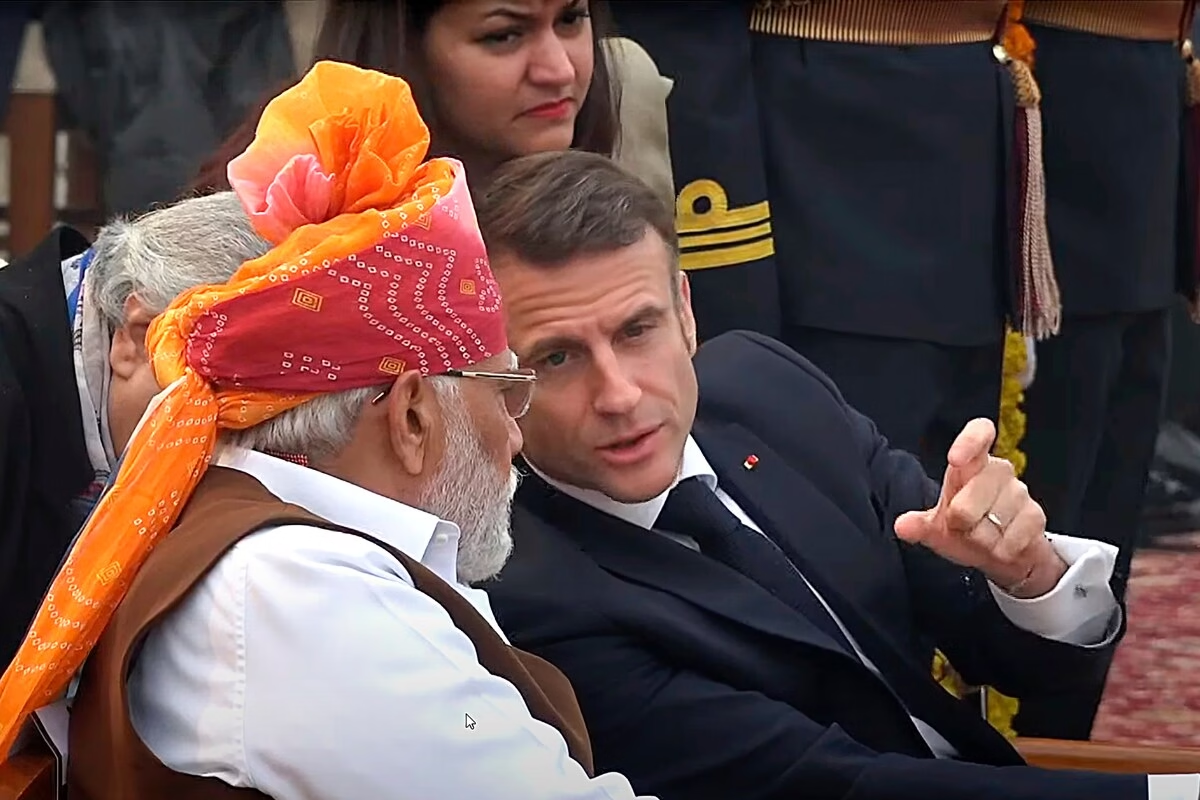Google has entered the competitive arena of AI with the introduction of Lumiere, its groundbreaking AI video maker.
Lumiere distinguishes itself by employing an innovative diffusion model named Space-Time-U-Net (STUNet). This model comprehensively captures the spatial and temporal elements of a video, streamlining the video creation process by generating entire sequences in a single operation, eliminating the need to piece together individual frames.
The process begins with Lumiere generating a foundational frame based on a prompt. Subsequently, the STUNet model predicts the movement of objects within that frame, resulting in a series of frames that seamlessly transition between one another.
Beyond text-to-video capabilities, Google’s Gemini large language model will eventually integrate image generation into Bard, Lumiere’s framework. This enhancement will empower users to craft videos with distinct styles, produce cinemographs animating specific segments of a video, and perform in-painting to modify color or patterns in specific areas.
Although Lumiere is not currently available for testing, it stands as a testament to Google’s prowess in developing an AI video platform that competes, and potentially outperforms, existing AI video generators like Runway and Pika.
However, Google acknowledges the risks associated with its technology, particularly the potential for misuse in creating fake or harmful content. The company underscores the importance of developing tools to detect biases and malicious applications, though specific methodologies for achieving this were not detailed in the accompanying paper.



